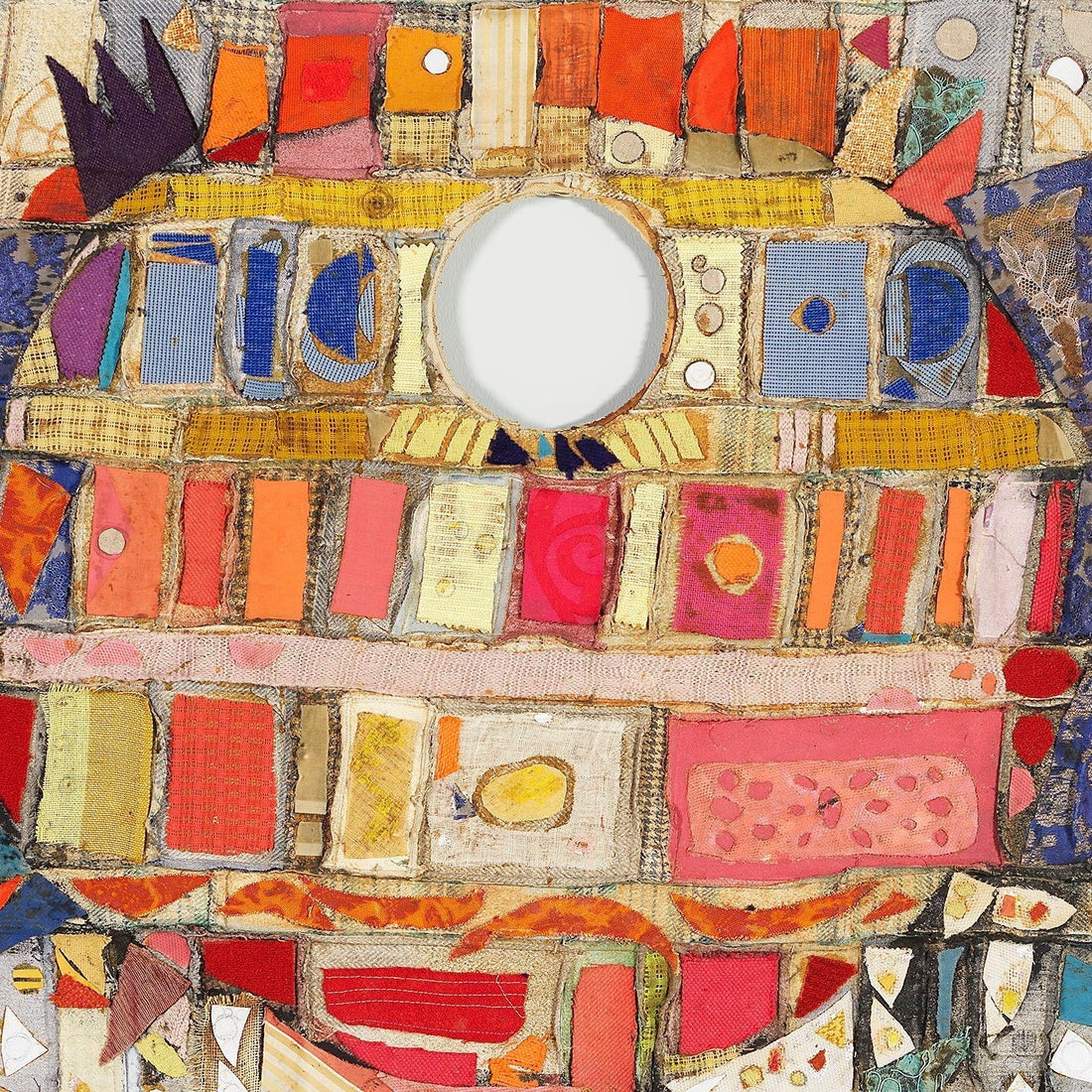
Karin Hellman at EMMA: A Force in Finnish Modernism
Karin Hellman worked for more than six decades and was regarded by her peers as a bold, original voice in Finnish art, yet she remains little known outside specialist circles. EMMA – the Espoo Museum of Modern Art – is now bringing her work into clearer view with the first major museum exhibition devoted to her career. Nearly 100 pieces, most from EMMA’s collection, trace Hellman’s development from her early paintings to the layered collages that became her defining medium.
 Karin Hellman, Messenger, undated. Collection Hellman / EMMA – Espoo Museum of Modern Art © Ari Karttunen / EMMA
Karin Hellman, Messenger, undated. Collection Hellman / EMMA – Espoo Museum of Modern Art © Ari Karttunen / EMMA
Hellman began her career conventionally enough. Born in Pietarsaari in 1915, she trained as an art teacher in Helsinki and painted still lifes, portraits and interiors throughout the 1930s and 40s. These early canvases show a careful eye for colour and form, sometimes leaning toward Cubist simplification. Yet there is a sense she was searching for something beyond the frame.
What she found by the late 1950s was collage. It became her language. Working on the floor of her studio in Porvoo, she cut apart old garments, rugs and scraps of cloth, combining them with paper, stitching and glue to create lived constructions—tactile, frayed at the edges, full of adjustment and revision. She took materials that had already been useful and gave them a second purpose, folding domestic life into the realm of art.
 Karin Hellman, Sun Chariot, 1966. Collection Hellman / EMMA – Espoo Museum of Modern Art © Ari Karttunen / EMMA
Karin Hellman, Sun Chariot, 1966. Collection Hellman / EMMA – Espoo Museum of Modern Art © Ari Karttunen / EMMA
Her themes were broad. Myth and folklore appear often, with spirals, sun wheels and chariots drawn from Scandinavian and ancient symbolism. Travel also left its trace; Hellman visited Paris, Spain and Italy as modern art was rapidly evolving, and explored prehistoric cave sites that deepened her interest in primal mark-making. But she was not an escapist. World events, especially war and its aftershocks, were central to her thinking. The Last Sunset—a dark collage that turns what first appears to be a glowing sky into the outline of a nuclear cloud—is as direct a statement as she ever made.
 Karin Hellman, In Närpes (detail), undated. Collection Hellman © Ari Karttunen / EMMA
Karin Hellman, In Närpes (detail), undated. Collection Hellman © Ari Karttunen / EMMA
A more intimate work, In Närpes, brings together her interest in history, family and material meaning. The collage takes its name from a town in the Ostrobothnia region of Finland. Two faces appear in profile, each with a single letter—P and M—marked on their foreheads. Though Hellman left no explanation, the letters may stand for pappa and mamma, hinting at a personal or ancestral narrative. The background is red woven fabric from Lapväärtti, once used in regional folk costumes. Hellman reused this cloth in several works and even had a suit tailored from it, also displayed in the exhibition.
 © Ari Karttunen / EMMA
© Ari Karttunen / EMMA
Throughout her career, Hellman returned to the idea that materials are never neutral. They hold memory. EMMA’s exhibition shows how her work speaks through the stories embedded in what she chose to keep, cut and stitch back together.
-
Further Information:
-
Image Credits:
Lead: Karin Hellman, The Last Sunset (Detail), 1968. Pro Artibus Foundation © Ari Karttunen / EMMA – Espoo Museum of Modern Art
All further images as credited in photo captions.
